Emerging trends for energy communities: shaping the future of sustainable societies

- E-MOBILITY
- ENERGY COMMUNITIES
- ENERGY MANAGEMENT
- SMART CITIES
As the world accelerates toward sustainable energy solutions, energy communities play a crucial role in green innovations run-up. From peer-to-peer energy trading to microgrids and beyond, a new wave of emerging trends is reshaping how communities generate, share, and utilize energy.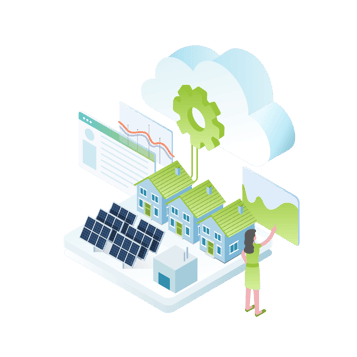
In a new era of sustainable energy practices, energy communities have many advantages as they enable localized renewable energy like solar, wind, and hydropower, breaking free from fossil fuel dependency. Energy communities turn consumers into "prosumers" — individuals who consume and produce energy. This shift from passive consumers to active participants reshapes the energy landscape and the traditional utility-customer relationship. Energy communities make renewable energy accessible to a broader range of people, including those who might not have the means to install renewable energy systems individually. Community projects can democratize access to clean energy.
|
|
|
|
|
|
|
|
Decentralized energy production
The core of energy communities lies in decentralized energy production. This strategy involves transitioning energy production from centralized power plants to a network of distributed sources within the community. It empowers residents to harness renewable energy locally, like solar panels, reducing dependence on fossil fuels. By embracing this approach, energy communities support sustainability, maintain resilience, and promote self-reliance.
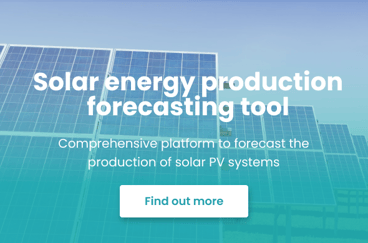
Peer-to-Peer energy trading
Within energy communities, peer-to-peer energy trading introduces a transformative approach to energy exchange. This novel concept empowers community members to trade excess energy among themselves directly. Participants can efficiently purchase and sell renewable energy by avoiding intermediaries, enhancing usage efficiency and curbing waste. By adopting peer-to-peer energy trading, communities assume control over their energy environment, diminishing dependence on conventional utilities and propelling the shift toward a sustainable energy landscape.
Microgrids for resilience
Microgrids are a cornerstone of energy community resilience, ensuring uninterrupted power during grid disruptions. These localized systems maintain vital services by operating autonomously or in sync with the primary grid. Augmented stability enhances community safety, boosting self-reliance and adaptability. Microgrids also enable renewable energy and storage integration, reinforcing sustainability. They highlight energy communities' commitment to security and ecologically conscious energy landscapes.
Circular economy
Adopting a circular economy approach optimizes resource use and sustainability within energy communities. This perspective promotes recycling and minimizing waste. Organic waste can become biogas, retired batteries store energy, and waste heat heats spaces. By applying circular principles, energy communities lower their environmental impact, heighten resource efficiency, and bolster self-sufficiency. This method aligns with broader sustainability goals, showcasing how communities can simultaneously benefit the environment and meet energy needs.
Green mobility integration
Incorporating eco-friendly mobility solutions into energy communities marks a significant leap toward sustainable transportation and energy harmony. By adopting electric vehicles (EVs) and other environmentally conscious transportation options, energy communities adopt a holistic strategy that aligns transportation and energy systems. This integration brings multiple benefits, including reduced carbon emissions, optimized energy use through managed EV charging, and the potential for vehicle-to-grid (V2G) technology, enabling EVs to provide surplus energy to the grid during peak periods. Implementing green mobility nurtures a comprehensive ecosystem, enhancing energy independence and reinforcing the community's dedication to environmental responsibility.
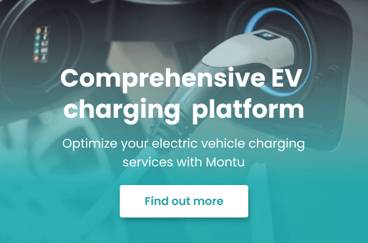
Digital platforms and blockchain
Digital platforms and blockchain redefine energy communities with transparency, security, and efficiency. These tools enable seamless trading, real-time monitoring, and user-friendly energy tracking. Blockchain ensures trustworthy transactions while also streamlining peer-to-peer trading. These advancements unlock decentralized energy possibilities. Energy communities thus reinforce sustainability, empower energy management, and expedite a greener future through digital innovation.
Data-driven insights and analytics
Data-driven insights transform energy management in communities. By utilizing community-generated data, stakeholders gain an unprecedented understanding of energy trends, optimizing usage and predicting peak demand. These insights empower tailored strategies, minimizing waste and boosting sustainability. Embracing data-driven methods, communities shape intelligent energy systems, reinforcing profiles and pioneering resource efficiency in the transition to cleaner energy.
Share this post on social media:
Posts by Tag
- IoT (17)
- Smart cities (16)
- E-mobility (14)
- Energy Management (10)
- Mobility (9)
- Software development (9)
- Marketing automation (6)
- RPA (6)
- Robotic Process Automation (6)
- electric vehicles (6)
- Internet of Things (5)
- IoT solution (5)
- Marketing software (5)
- Smart Building (5)
- Business Intelligence (4)
- Custom applications (4)
- IoT platform (4)
- Uipath (4)
- electric charging (4)
- IoT devices (3)
- Properties (3)
- AI (2)
- BI (2)
- Montu (2)
- Multi-device functionality (2)
- Omnichannel (2)
- RPA Budapest (2)
- Smart city (2)
- UX design (2)
- app development (2)
- artificial intelligence (2)
- crm (2)
- crm software (2)
- electric charging station (2)
- machine learning (2)
- marketing campaign (2)
- optima (2)
- API Testing (1)
- Agriculture (1)
- Automated Testing (1)
- BYOD (1)
- EV (1)
- Energy Communities (1)
- Event insights (1)
- Event report (1)
- Green IoT (1)
- HR (1)
- IT Outsourcing (1)
- ML (1)
- Power BI (1)
- Resource Management (1)
- Smart Home (1)
- Smart Office (1)
- TaaS (1)
- UX/UI Design (1)
- Xamarin (1)
- cloud (1)
- cloud computing (1)
- cross-selling (1)
- data driven marketing (1)
- digital twin (1)
- dynamic customer segmentation (1)
- esg (1)
- inbound marketing (1)
- industry 4.0 (1)
- onprem (1)
- onpremise (1)
- scalability (1)
- software robot (1)
- testing as a service (1)
- upselling (1)
Recent Posts
Read On
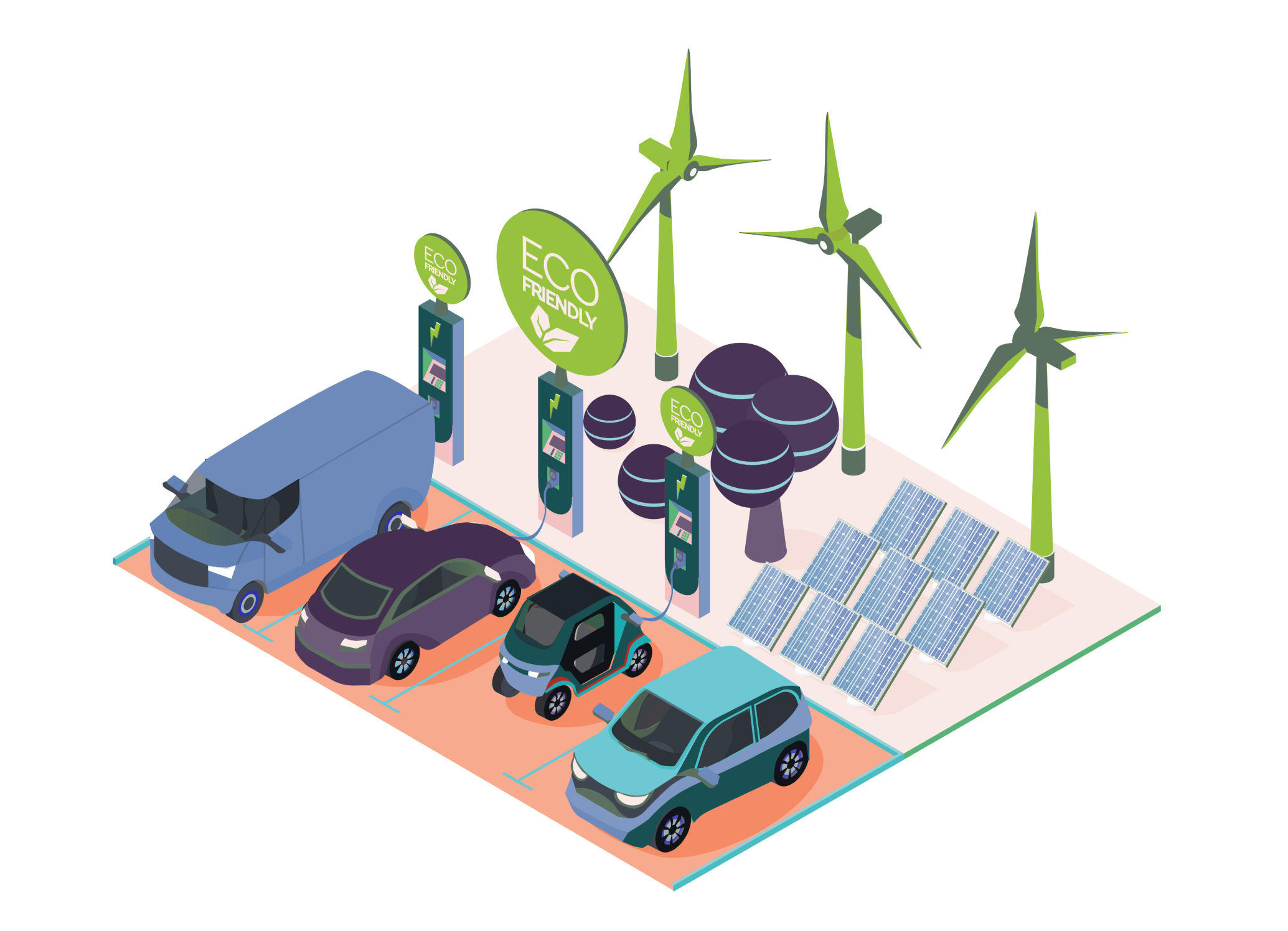
- MOBILITY
- E-MOBILITY
- SMART CITIES
E-Mobility opportunities and challenges in the Energy & Utility sector
A large share of electric vehicles on Europe's roads in the future will have implications for the electricity generation and distribution infrastructure, which means energy and utility companies are forced to provide more resources. What's more, Europe's vehicle-emission regulations are forcing car...
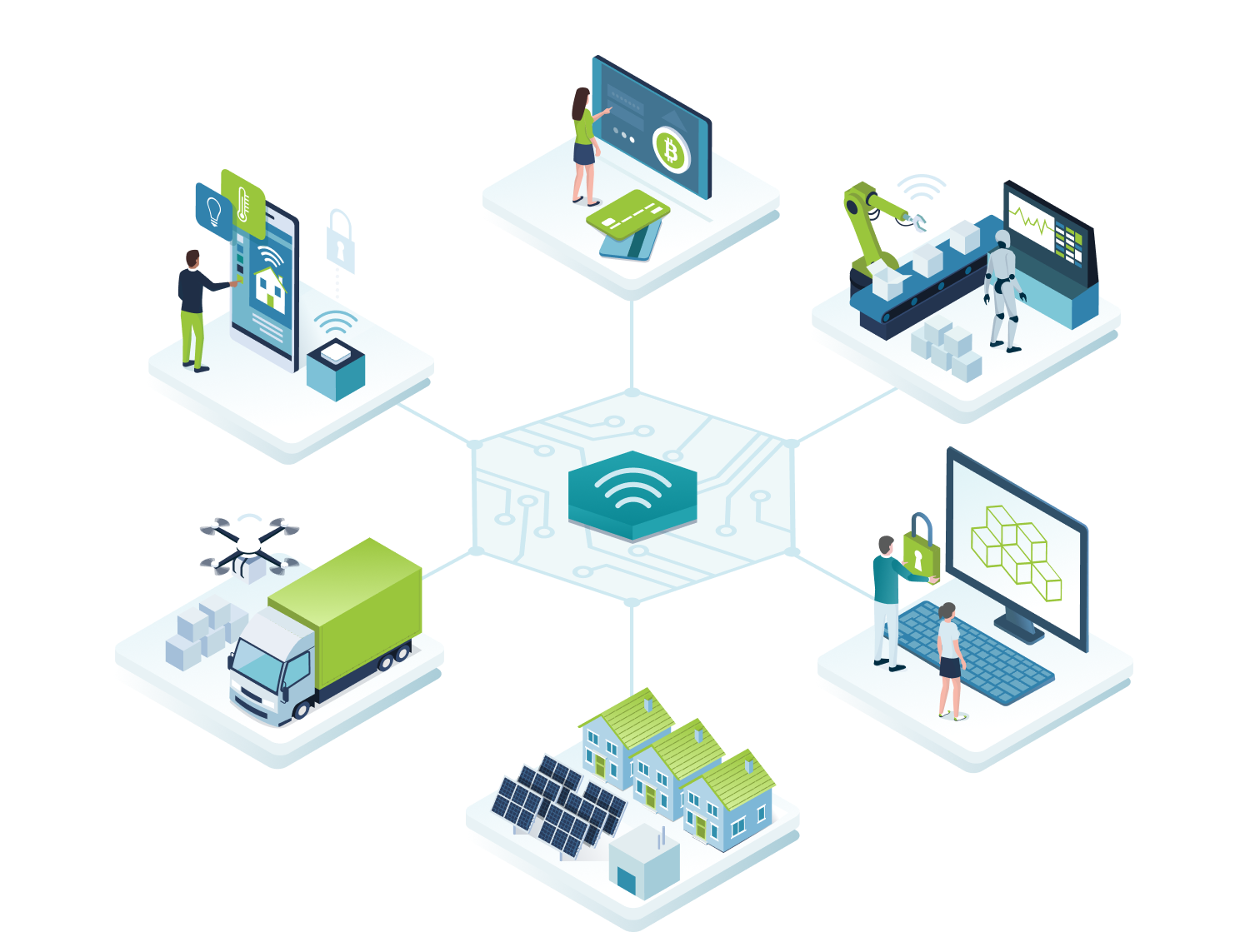
- IOT
- IOT SOLUTION
- SMART CITY
- GREEN IOT
- SMART CITIES
Green IoT: the emerging market in Internet of Things developments
Due to the tremendous developments in information and communications technology, things around us got connected, resulting in various smart city applications that enrich our society.
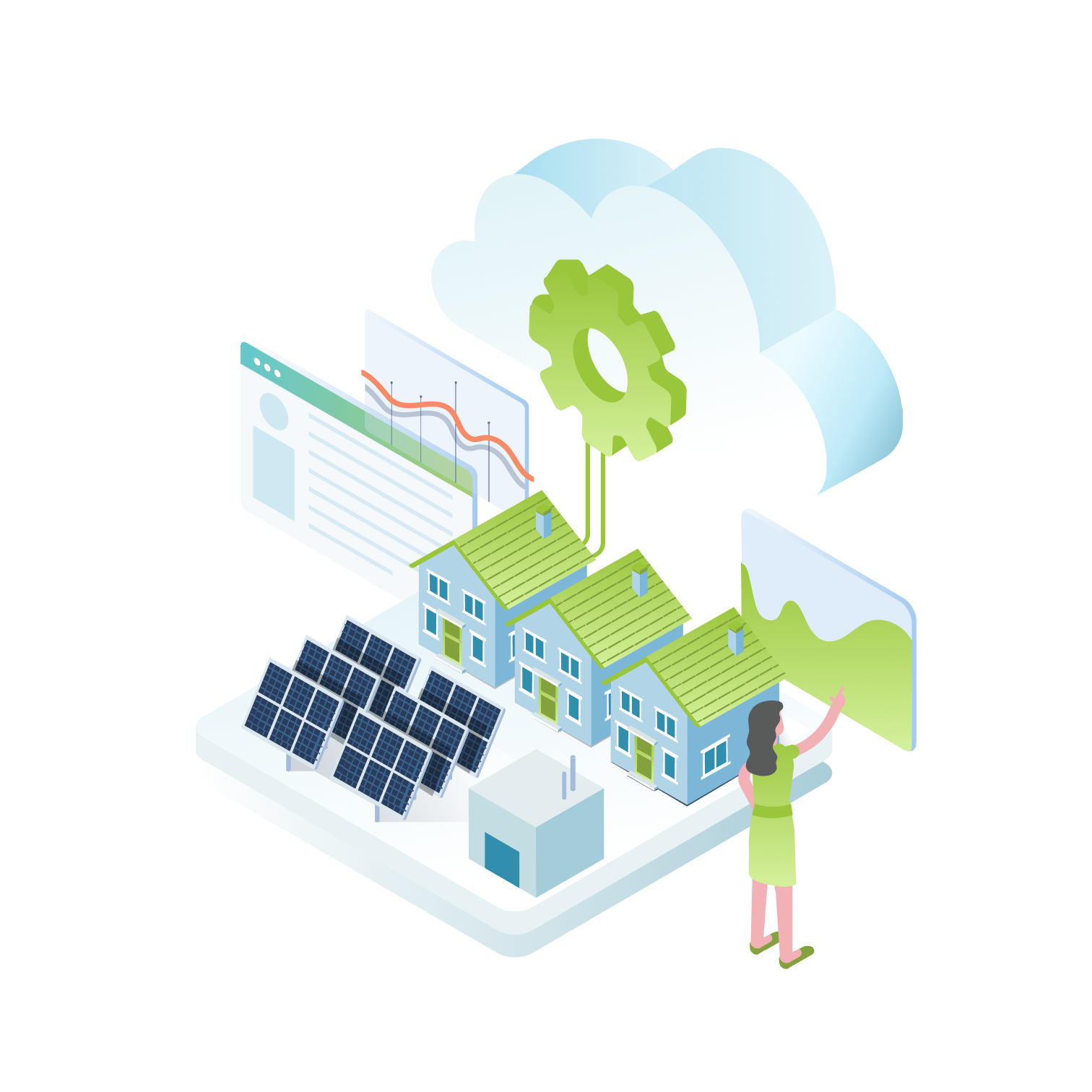
- SMART BUILDING
- ENERGY MANAGEMENT
- PROPERTIES
Energy management software for properties and buildings
Buildings encounter multiple challenges in today's fast-paced world, necessitating cost-effective and creative solutions. With expanding urbanization, increasing energy demand and environmental concerns, buildings must evolve to meet changing requirements while minimizing their resource consumption...



